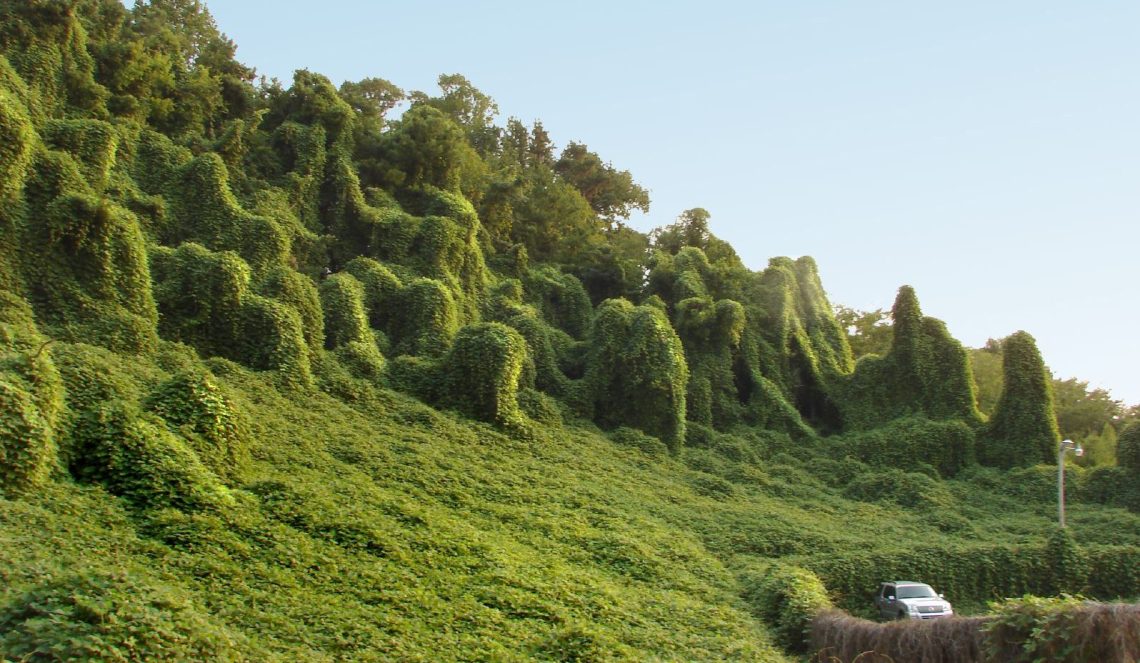Research & Studies

The article was written with the contribution of Péter Poczai, iASK researcher and was released in Science Advances, Vol 8. Nr. 34., in 2022.
Invasive species are a key driver of the global biodiversity crisis, but the drivers of invasiveness, including the role of pathogens, remain debated. We investigated the genomic basis of invasiveness in Ambrosia artemisiifolia (common ragweed), introduced to Europe in the late 19th century, by resequencing 655 ragweed genomes, including 308 herbarium specimens collected up to 190 years ago. In invasive European populations, we found selection signatures in defense genes and lower prevalence of disease-inducing plant pathogens. Together with temporal changes in population structure associated with introgression from closely related Ambrosia species, escape from specific microbial enemies likely favored the plant’s remarkable success as an invasive species.
The article is available with full text HERE.